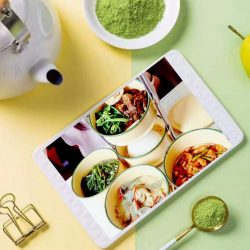SingaporeMotherhood | Parenting
June 2019
Trendy Superfoods – How Super Are They for You and the Kids?
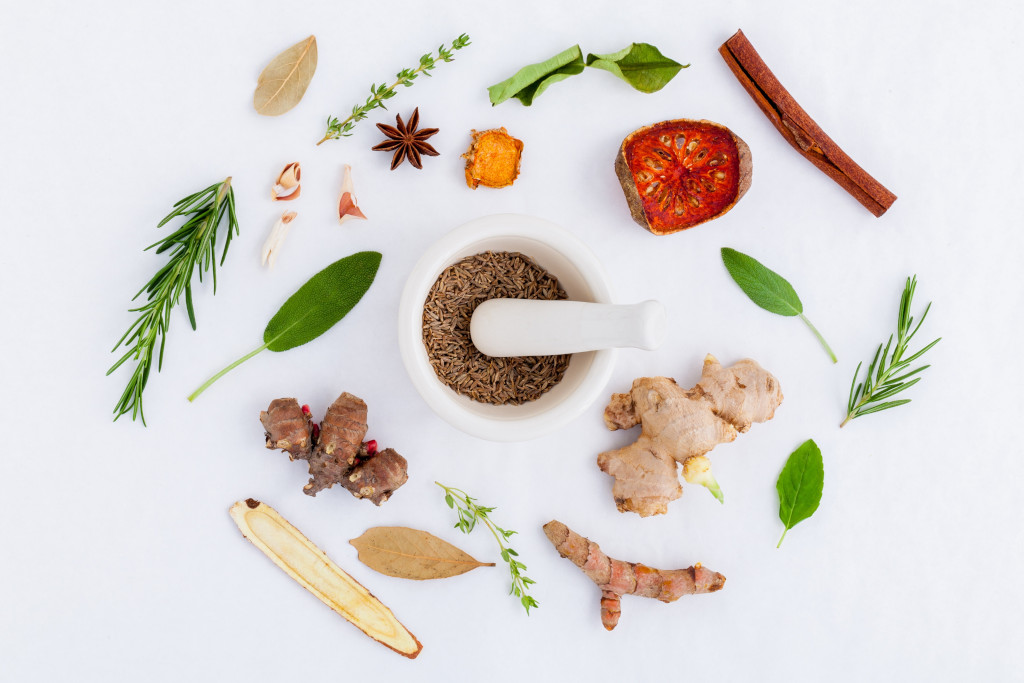
Admit it, you’ve been tempted to buy into one – or more – of those uber-healthy trendy superfoods, if you haven’t already done so. After all, the nutritional benefits sound so amazing, and more nutrients can’t hurt, right? We investigate these trendy superfoods to see if they’re truly as super as they’re made out to be, or if they’re more hype than worth. We find out whether they’re safe for babies and children too.
Açaí and Maqui Berries
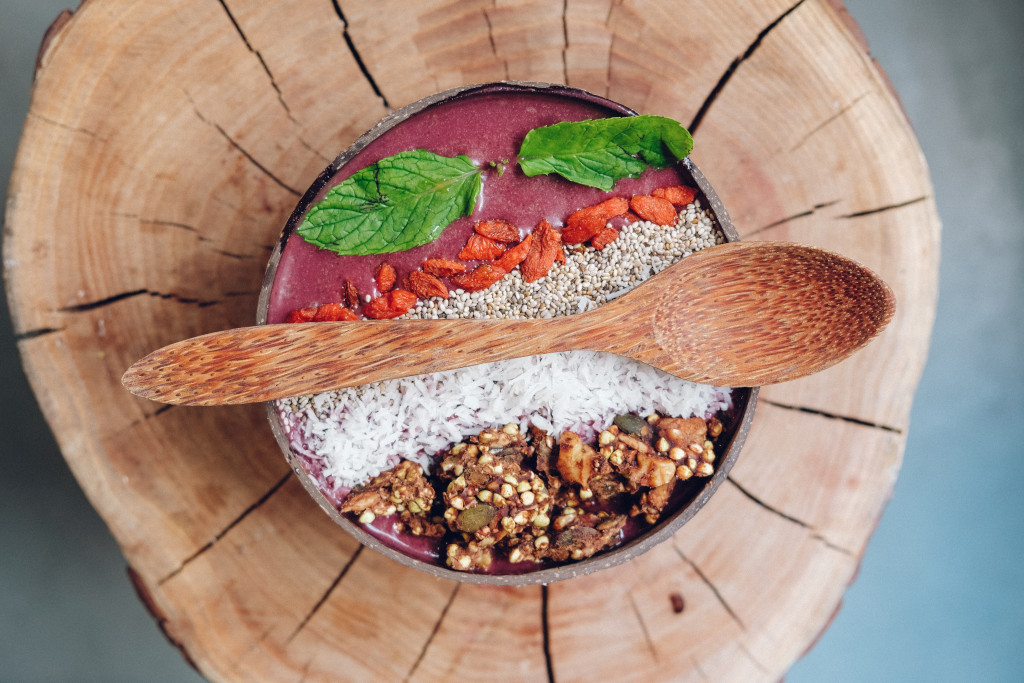
These South American purple berries are packed with up to three times more antioxidants than other berries. In addition, they contain high levels of anthocyanin, an antioxidant which can help lower risk of some cancers. Açaí bowls have become a staple on menus of hipster cafés, but fresh maqui berries are difficult to get, so it’s more often sold as a powdered supplement. While you’re free to add powdered açaí and maqui berries to your smoothie, they aren’t recommended for young children and pregnant or nursing mums. It’s best to enjoy more fresh berries such as blackberries and blueberries instead.
(See also: Top 20 Brain Foods for Kids to Stay Sharp for Their Exams)
Coconut Oil
Coconut oil contains a potent combination of fatty acids that can benefit our health. The fats in coconut oil are medium chain triglycerides (MCTs). When consumed, they go straight to the liver where they are quickly converted to energy or ketones. Brain-healthy ketones are being studied as treatment for Alzheimer’s and epilepsy. Studies have shown that MCTs raise the good HDL cholesterol in our bodies for a lower risk of heart disease. It can also reduce appetite and increase fat burning for positive weight loss. Try replacing other cooking oils with organic virgin coconut oil to introduce it in your family’s diet.
Chia Seeds and Flax Seeds
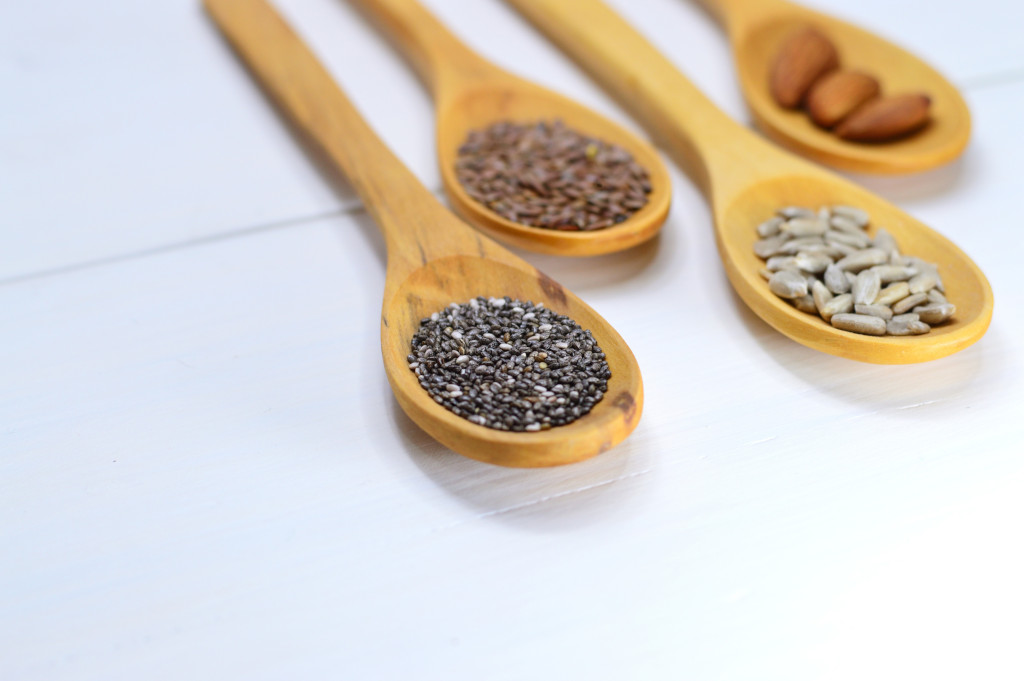
Chia seeds are tiny black seeds loaded with protein, essential amino acids, omega-3 fatty acids and antioxidants. They are also high in calcium, phosphorus, manganese and magnesium, and may lower blood sugar levels. Plus because 40% of chia seeds is fibre, it delivers all these nutrients with very few calories. As it absorbs 10-12 times its weight in water, it keeps you full longer, and helps maintain healthy gut flora. Flax seeds have similar benefits. Babies and toddlers may have trouble digesting these seeds, but it’s fine to sprinkle some on their porridge once their digestive systems are more mature.
(See also: Weaning: Let Baby Lead)
Collagen
Collagen is the major building block of connective tissues in our body and has many crucial functions. These include supporting skin elasticity, healthy joints, bouncy ligaments, strong bones and muscles. While our bodies produce collagen naturally (so kids don’t need supplements), we may lose some as we age. Currently really buzzy, you’ve probably seen it everywhere from collagen powder to fortified drinks – even Vitagen! – and protein bars. While some swear by it, others don’t see a difference. You’ll also find collagen naturally in foods such as chicken skin, beef, fish and bone-based broths.
Cordyceps, Chaga and Reishi (Lingzhi) Mushrooms
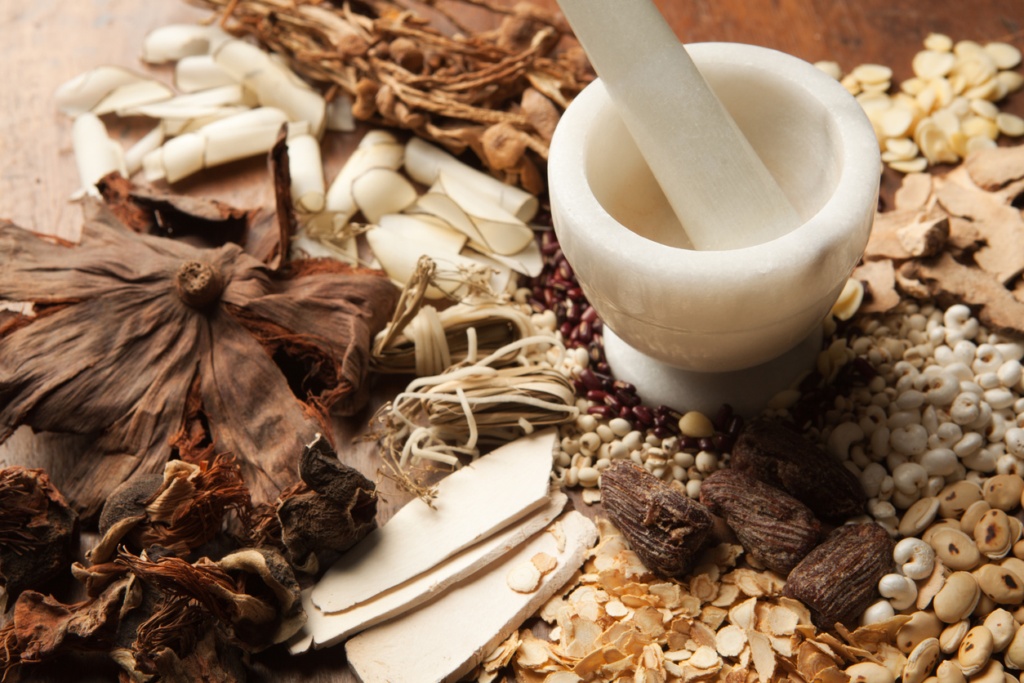
These adaptogenic mushrooms are said to help regulate your adrenal system. They are supposed to have anti-ageing properties, and boost immunity while fighting fatigue, inflammation and even cancer. While these have been used in Traditional Chinese Medicine for centuries, they’ve recently gained popularity in the Western world. Marketed as trendy superfoods in powdered teas or capsule form, they carry a hefty – and unnecessary – price tag. Unless advised by a certified TCM physician, it’s probably best to avoid these. Instead, focus on eating a healthy and well-balanced diet.
(See also: TCM Herbal Soups and Tips to Help Your Child Focus and Stay Healthy and Stress-free)
Goji Berry
Another medicinal plants with roots in TCM, goji berries have long been used to treat eye, liver and kidney conditions. Goji berries are a good source of vitamins A and C, essential amino acids and antioxidants beta-carotene and zeaxanthin. Also known as wolfberries, we often use the dried form in herbal soups to boost immunity and keep the flu at bay. The West recently adopted goji berries as a superfood, drinking goji berry juice to prevent cancers and increase fertility. Research isn’t conclusive, and you’re better off enjoying a range of berries from strawberries to blueberries.
Kale and Kelp
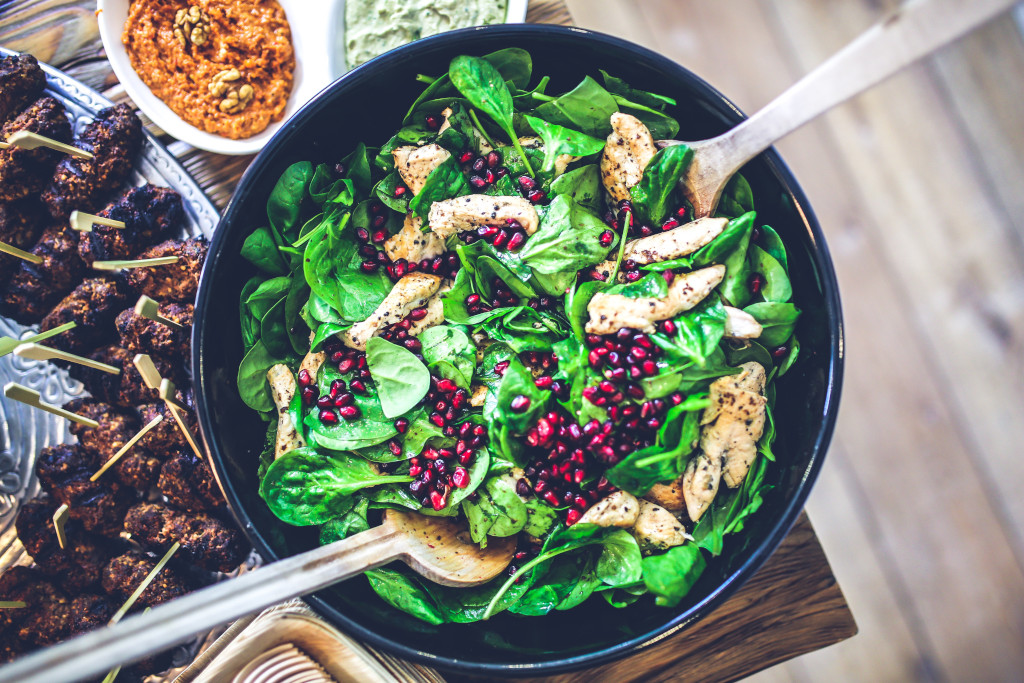
Although they aren’t closely related, kelp has been lauded as the new kale in the trendy superfoods race. Kale contains high levels of vitamins A, C, K and B6, calcium, copper, manganese and potassium. It also has anti-cancer properties and aids in DNA cell repair. Kelp, a brown seaweed, is an excellent source of iodine, potassium, magnesium, calcium and iron, as well as vitamins, antioxidants, phytonutrients, amino acids, omega-3 fats and fibre. Enjoy both in your salads, together with other dark green leafy veggies such as chard, chicory, collard greens and spinach. And sushi, anyone?
(See also: Raising Your Child As a Vegan in Singapore)
Kombucha and Kefir
Kombucha is a fermented tea drunk for its probiotic properties. It’s said to detox the body, kill harmful bacteria, increase energy, improve digestion, enhance immunity, and even provide PMS relief. However, homemade kombucha can get contaminated and store-bought versions contain lots of added sugars. For safer probiotic benefits, enjoy kefir, yogurt with live cultures, even kimchi and sauerkraut. Kefir is a fermented milk drink cultured with kefir grains of yeast and lactic acid bacteria. Low in lactose and a potent source of probiotics, kefir boasts antibacterial properties and improves bone density.
Moringa, Matcha, Chlorophyll, Spirulina and Wheatgrass
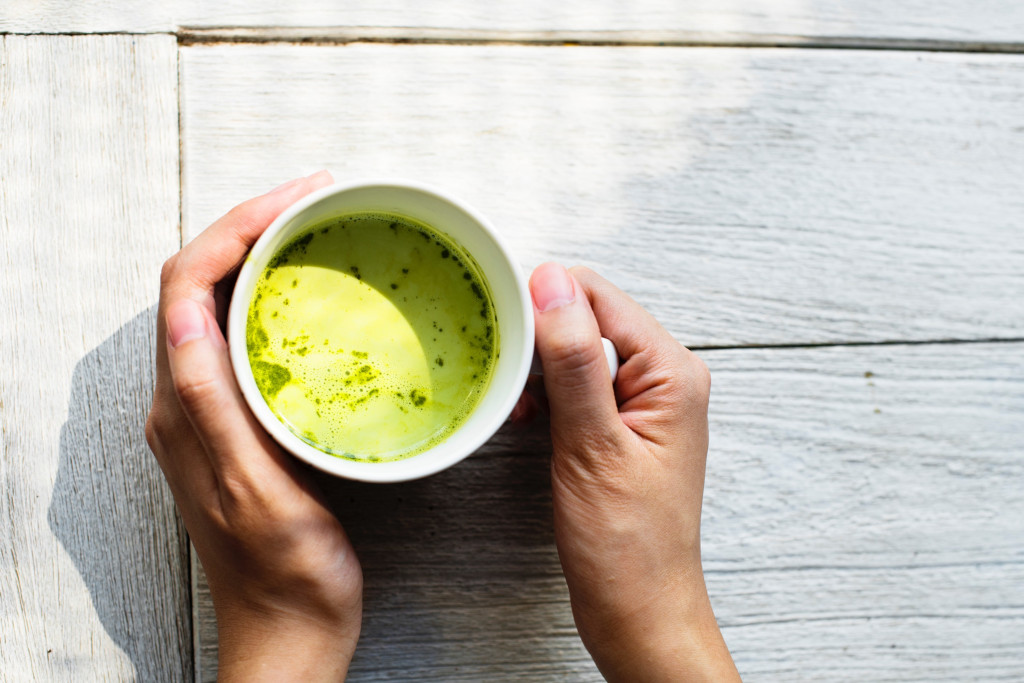
These are usually marketed as green powders, as part of a superfood powder blend, or in a green ‘detox’ juice. They are rich in nutrients such as antioxidants, vitamins and minerals. However, the whole ‘detox’ trend has been debunked – our livers do this already. Pregnant and nursing mums, and children, are encouraged to avoid these green shots. Also, any benefits the fresh greens may contain may be destroyed through commercial processes and juicing. You’re probably better off enjoying a fresh green salad with all types of green leafy veggies. With a cup of tea or two, if you like.
(See also: How to Nourish Your Body at Every Stage of Motherhood)
Turmeric
Turmeric is the spice that gives curry its yellow colour. It’s been used in India for centuries as a spice and medicinal herb. It contains curcumin, a compound with potent anti-inflammatory and antioxidant properties. This can prevent heart disease, Alzheimer’s and cancer, and may improve depression and arthritis. However, turmeric is only about three per cent curcumin, and our bodies can only absorb about 25 per cent of what we consume. So stick to using turmeric as a flavour enhancer rather than for its health properties. After all, it’s sugar-free, low in sodium and calories, and makes for a yummy curry!
Trendy Superfoods or Just Superhype?

As nutritionally dense as they are, trendy superfoods are not a magical cure-all. In fact, many experts believe that it’s just hype. No regulatory authorities such as the United States Food and Drug Administration or the European Food Safety Authority, have officially defined superfoods, or classified any food as a superfood. And according to Cancer Research UK, the term superfood is simply a marketing tool, with little scientific basis.
In a Medical News Today article, dietitian Penny Kris-Etherton, Ph.D., R.D., says that it’s fine to include superfoods as part of your diet, as long as you’re consuming a healthy, balanced diet in the first place. Her advice: “Eat a ‘super diet’ rather than concentrate on individual foods.” The article also points out that taking superfoods in supplement form is not the same as obtaining nutrients from the real foods.
At the end of the day, every individual has unique nutritional needs. So as always, please consult your doctor when in doubt. This is particularly important if you plan to take your baby or child along on your trendy superfoods journey.
All content from this article, including images, cannot be reproduced without credits or written permission from SingaporeMotherhood.
Follow us on Facebook, Instagram, and Telegram for the latest article and promotion updates.





